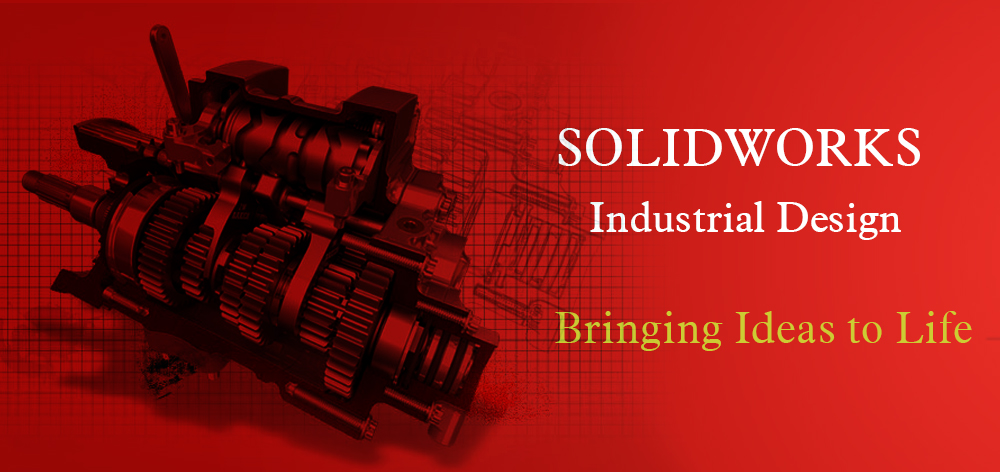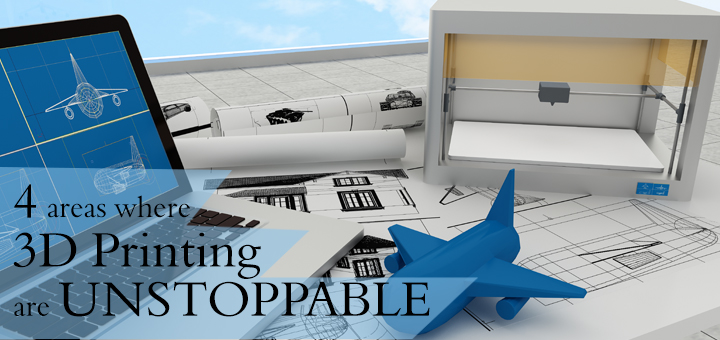
In the ever-evolving landscape of technology, the design industry is undergoing a profound shift in its requirements. To meet the demands of this dynamic environment, designers and engineers now require tools and applications that are not just adaptable but also highly responsive to the evolving product design process. Among these transformative technologies, SolidWorks has emerged as a game-changer in the field of engineering design in recent years.
Embracing Innovation in Industry Design
SolidWorks has embraced a holistic approach to design by incorporating social, collaborative, and conceptual methods into the design experience. Its design philosophy is built on empowering engineers with powerful and easily accessible technologies that streamline the design process while delivering significant business advantages.
Overcoming Traditional Design Challenges
Before the advent of SolidWorks in the engineering design field, designers faced numerous challenges. These challenges included extensive rework, data incompatibility, limited flexibility, slow processing times, disconnection between industrial and mechanical designs, and difficulty in evaluating multiple design concepts. These roadblocks resulted in low efficiency and delayed time to market.
The Power of Free Form Design
One of SolidWorks’ most promising features is its ability to blend traditional modeling techniques with advanced free-form methods. The SolidWorks Industrial Design package provides engineers with the capability to create precise and easily navigable designs. This application removes the aforementioned barriers by offering an intuitive modeling environment that enhances the overall industrial design process.
Advanced SolidWorks Capabilities and Data Management
SolidWorks Industrial Design is equipped with advanced design capabilities and transparent data management. These features enable engineers and designers to swiftly resolve industrial design challenges and produce structures that can seamlessly transition into mechanical models. With the SolidWorks Industrial Design application, engineering professionals are now able to create intricate 3D designs and incorporate mechanical data directly, eliminating the need for additional rework during the transformation into mechanical models.
SolidWorks: Transforming the Mechanical Design Industry
SolidWorks has not only transformed the field of mechanical design but has also made it safer, quicker, and more accessible than ever before. As a result, there is a growing demand for certified SolidWorks professionals across organizations. If you’re eager to explore the world of SolidWorks Industrial Design and unlock lucrative career opportunities, consider enrolling in the Advanced SolidWorks Training offered by the CADD Centre. Their industry-oriented and market-focused certifications can propel engineering design professionals to new heights in their careers.
Conclusion
In a world where technological innovation is the driving force behind progress, SolidWorks stands as a beacon of change in the engineering design landscape. It has addressed the shortcomings of traditional design methods and ushered in an era of efficiency, collaboration, and innovation. As the demand for professionals skilled in solidWorks software continues to rise, now is the perfect time to embark on a journey of learning and growth with SolidWorks.




